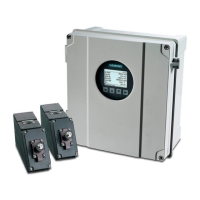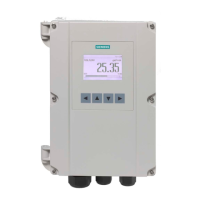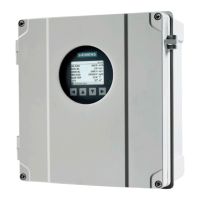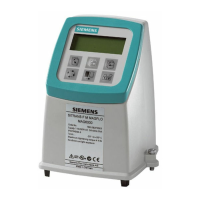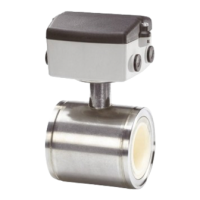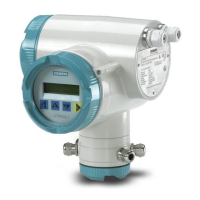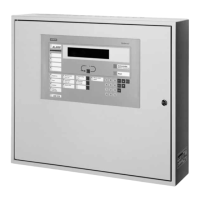7
86 | 242
Topology
A total of eight ↑ stubs can be connected to the ↑ line card (collective).
Max. 32 devices can be connected per stub. The KMK must be complied with:
● KMK = load factor for collective elements = 32
Unused (empty) stubs do not have to be connected.
Collective detector systems supported
The following detector systems are supported:
● MS7
● MS9
● MS24
● DS11/SynoLINE600/SIGMACON
● Sinteso multi-protocol
If Sinteso multiple protocol detectors are operated on a
short-circuit on the stub is indicated as an 'open line' error. This is because the
separator of the multiple protocol detector opens. The line is open and the short-
circuit isolated.
specific regulations; these may prescribe, for
manual call points and ↑ automatic fire detectors must not be connected to the
same ↑ detector line.
'Collective line type' supported on the ↑ line card (collective)
FCL2002-A1
● Transzorb diode (20 V)
● EOL22 (Ex)
● 3.3 kΩ (not in accordance with VdS 2489, modernization only)
● 4.7 kΩ (not in accordance with VdS 2489, modernization only)
Preferably select the first two line types mentioned above. These satisfy
↑ VdS 2489 by monitoring for gradual short-circuit and wire breakage.
Terminating resistors do not comply with the standard in accordance with
VdS 2489 and form what are known as 'gray zones'. Terminating resistors should
only be used for modernization.
You will find a detailed list of all detectors supported in the
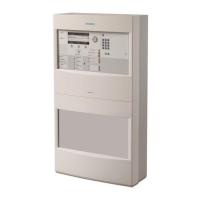
